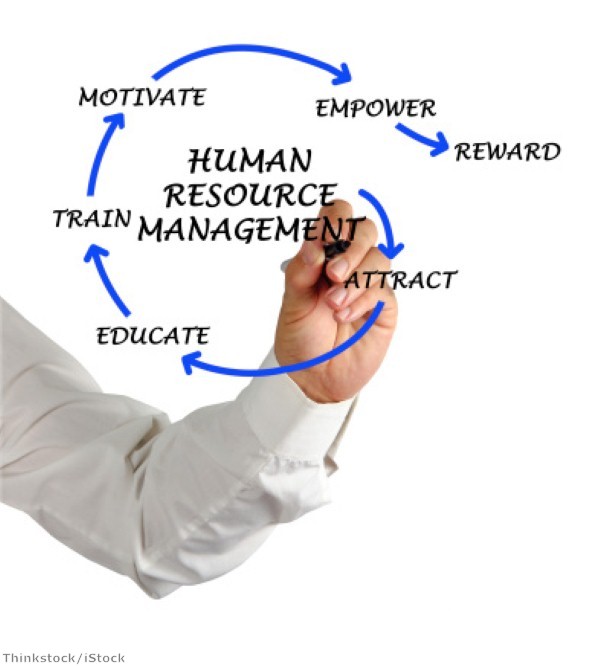Learning and development (L&D) is set to undergo a series of changes in 2014 as it assumes a greater priority for organisations looking to capitalise on improved economic conditions.
Due to the economic recovery, organisations are likely to look at their learning and development budgets, reports Personnel Magazine. Many departments suffered cutbacks when the recession was at its worst – but staff will begin to demand more engagement after having to take on increased workloads for little extra reward.
"Employees are now looking to put their careers back on track, so they’re starting to expect an investment in them in terms of their development," said Steve Morris, business development director at learndirect. "They’re now saying, 'you should be developing me'."
There will be a shift in L&D systems away from the large-scale training schemes which involve annual appraisals towards a fluid and dynamic approach which employees can apply immediately.
A key priority for L&D will be developing capable, resilient and adaptable leaders. Much of organisations' previous focus has been on the training of graduates and top-level employees.
Consulting company a&dc found 28 per cent of employers felt they were ineffective at developing their "middle layer" of future leaders – the group which has arguably been hardest-hit by the downturn.
Apprenticeships are likely to form another important area of organisations' employment strategies. Research by the Department for Business, Innovation and Skills attests to the value of apprentices, which boost productivity levels by £214 per week in return for only a modest salary.
Advances in technology will affect the way L&D is delivered. E-learning is likely to play a much bigger role, in place of traditional instructor-led courses, according to Ruth Stuart, L&D adviser at the Chartered Institute of Personnel and Development. In addition, learner-centred, social and collaborative methods will be given greater prominence.
Technology will also change the way L&D is recorded, measuring how learners absorb knowledge. Informal platforms will enable employees to share information with one another and managers will be able to monitor this practice. As a consequence of these trends, continual monitoring of development will displace the traditional focus on methods such as annual appraisals.

